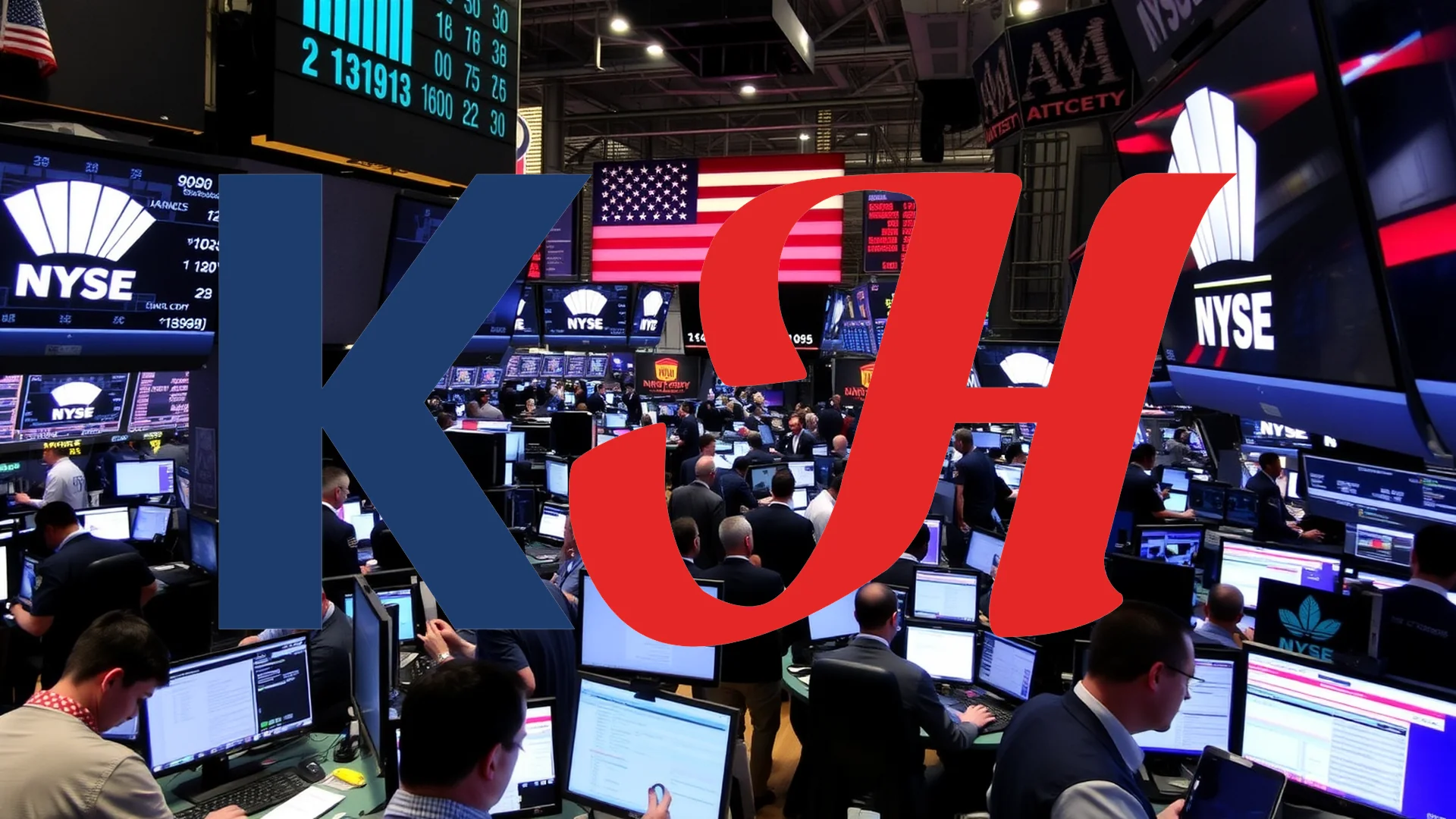The orthopedic device sector has witnessed a significant consolidation with Zimmer Biomet Holdings’ complete acquisition of Paragon 28, a former market favorite specializing in foot and ankle solutions. This strategic move has permanently altered the financial structure of the once-independent company, marking a pivotal moment in its corporate history.
Market Exit and Corporate Integration
Trading of Paragon 28 shares ceased on the New York Stock Exchange effective April 21, 2025, following the finalization of the merger with Gazelle Merger Sub I, a wholly-owned subsidiary of Zimmer Biomet. The company now operates as a fully integrated unit within the larger medical technology conglomerate, resulting in the immediate suspension of its stock listing post-transaction.
Transaction Structure and Shareholder Compensation
The acquisition, valued at approximately $1.2 billion, delivered immediate value to Paragon 28 shareholders through a cash payment of $13.00 per share. Additionally, Zimmer Biomet issued contingent value rights (CVRs) that provide potential future payments based on the achievement of specific revenue milestones. These financial instruments are non-transferable and do not represent any equity stake in the combined entity.
Should investors sell immediately? Or is it worth buying Paragon 28?
The timing of the acquisition coincided with Paragon 28’s peak operational performance, demonstrated by several key financial indicators:
– Exceptional liquidity with a current ratio of 3.51
– Record quarterly revenue of $62.3 million in Q3
– Year-over-year revenue growth of 18.1%
– First positive adjusted EBITDA since its IPO, reaching $432,000
Strategic Implications for Medical Technology
Zimmer Biomet’s integration of Paragon 28’s specialized foot and ankle technologies represents a strategic enhancement of its medical device portfolio. This move exemplifies the ongoing consolidation trend within the orthopedic medical technology sector. The transition included leadership changes, with new officers appointed to manage the integration process replacing Paragon 28’s previous executive team.
For investors, the critical question now centers on the realization of value through the contingent value rights. The timing and amount of potential additional payments remain entirely dependent on the future revenue performance of the acquired technologies under their new corporate ownership. What was once a publicly traded security has effectively transformed into a long-term performance-based financial arrangement.
Ad
Paragon 28 Stock: Buy or Sell?! New Paragon 28 Analysis from December 22 delivers the answer:
The latest Paragon 28 figures speak for themselves: Urgent action needed for Paragon 28 investors. Is it worth buying or should you sell? Find out what to do now in the current free analysis from December 22.
Paragon 28: Buy or sell? Read more here...











